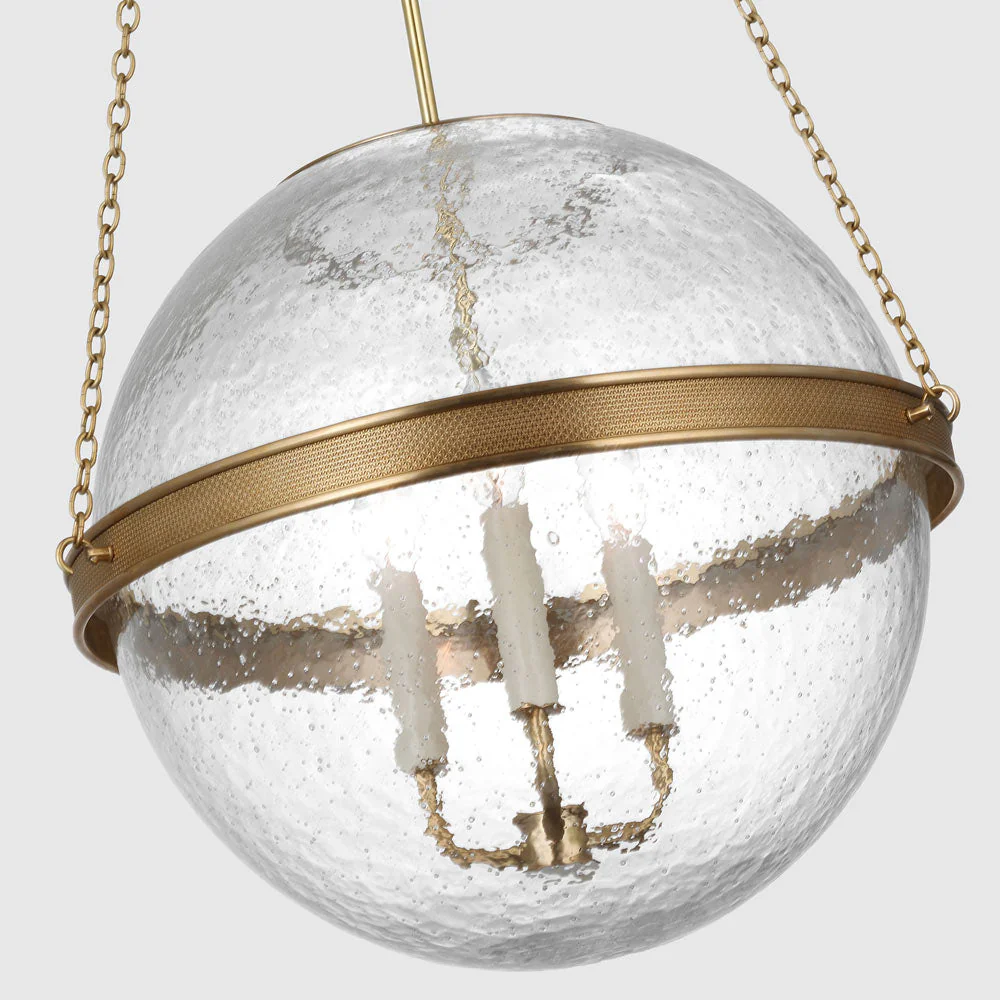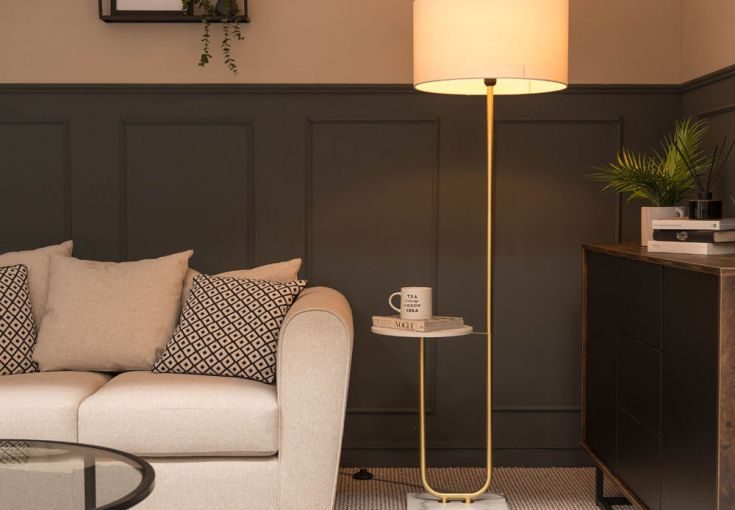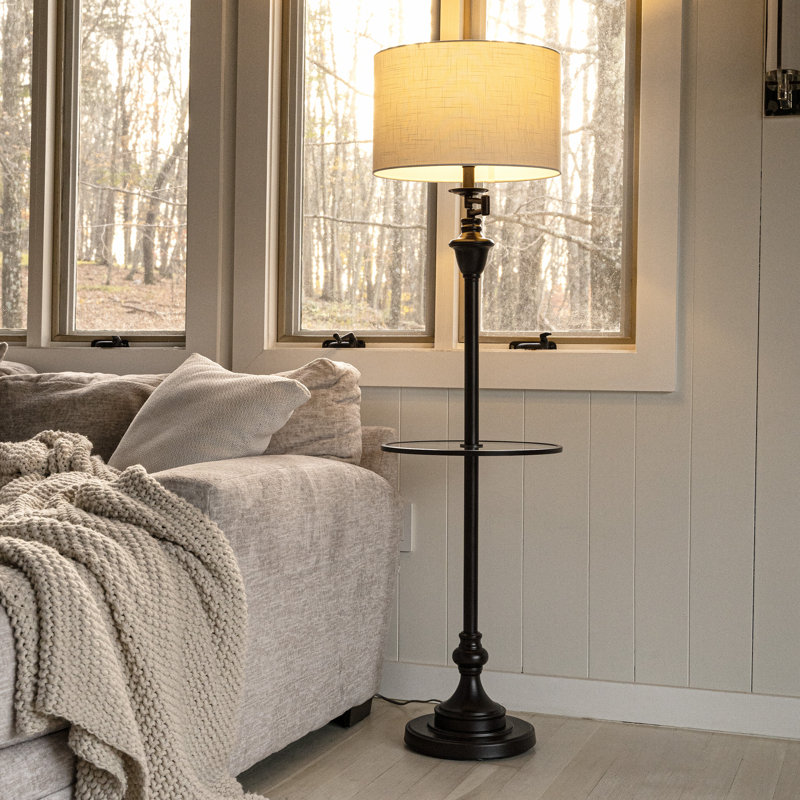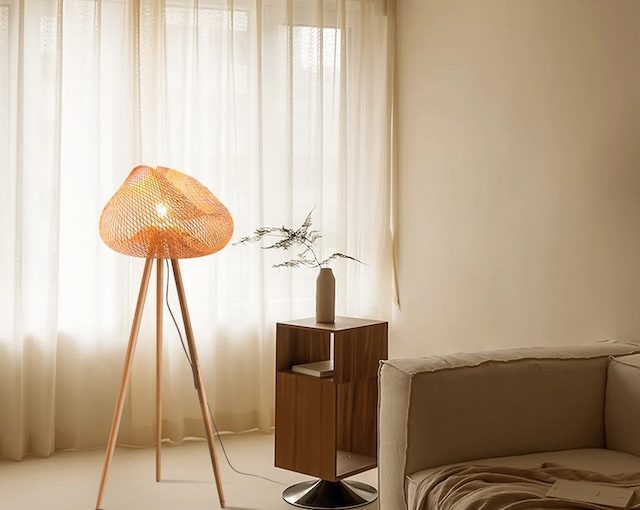The Basics of Corded Floor Lamps
What is cord on the floor lamp? Understand the essentials of corded floor lamps to make informed decisions about lighting in your space.
What is a Cord on a Floor Lamp and Why It Matters
A cord on a floor lamp is the electrical cable that connects the lamp to the power source. It’s vital for the lamp’s operation. The design, length, and placement of the cord can affect user safety, convenience, and the overall aesthetic of the lamp. Choosing the right cord for a floor lamp ensures functionality and style harmony in your decor.
Types of Corded Floor Lamps
Floor lamps with cords come in diverse styles to suit any room’s ambiance. Each type offers unique benefits and can enhance different design themes. Knowing the varieties helps you find the right match for your space.
Arc Floor Lamps
Arc floor lamps stand out with their curved design. The base of an arc lamp extends to a long, sweeping arm. This arm allows the light to hang over a space, like a sofa or a table. These lamps are ideal for adding a touch of elegance and are often a focal point in a room. Look for the curve and length of the arc that best fits your space.
Tripod Floor Lamps
Tripod floor lamps rest on three legs, giving them a stable and distinctive look. Their design is both functional and aesthetically pleasing. These lamps can complement minimalist decor or add an industrial touch. The cord often runs along one of the legs, subtly blending with the lamp’s design. Choose a tripod lamp that balances well with your other furniture pieces.
Torchiere Floor Lamps
Torchiere floor lamps cast light upward, illuminating a room with a warm, indirect glow. The design is classic, with a straight pole and a top-facing bowl-shaped shade. Torchiere lamps are great for ambient lighting and can make a room feel more spacious. Pay attention to the shade’s material and the cord’s length to ensure it fits your space needs.
The Role of Cord Design in Floor Lamp Aesthetics
The cord design of a floor lamp is more than just a functional element. It also plays an integral role in determining the overall aesthetics and feel of the lamp as a part of the home’s interior design. A well-designed lamp cord can complement the look of the lamp and the room it inhabits rather than detracting from it.
Cord Placement and Management
To maintain a clean and organized look, cord placement and management are crucial. Here are some points to consider:
- Invisible or Artistic: Determine if the cord should blend in or stand out. Some designers cleverly incorporate the cord into the design, making it almost invisible or turning it into an artistic statement.
- Harmony with Decor: Choose a cord that matches your room’s color scheme and style. This can make the cord look intentional and cohesive with the overall design theme.
- Safety First: Position cords away from high-traffic areas to prevent tripping. Using cord clips or covers can help secure them along furniture or baseboards.
- Length Matters: Ensure the cord length is appropriate for your space. It should reach the power outlet without stretching or coiling excessively, which can be unsightly and hazardous.
- Cord Organization: Consider using cord organizers to keep excess length tidily stored. This avoids clutter and keeps your space safe and elegant.
- Flexibility with Quality: Opt for a cord that offers flexibility without compromising on quality. A durable cord can withstand movement and adjustment without becoming damaged or worn.
In summary, cord design matters when it comes to floor lamp aesthetics. Thoughtful cord placement and management can enhance a lamp’s design while ensuring the space looks tidy and polished. Keep these tips in mind when selecting and setting up your corded floor lamp to achieve the best combination of form and function.
How to Choose the Right Corded Floor Lamp for Your Space
Considerations for Lamp Size and Brightness
Choosing the right corded floor lamp requires thinking about size and brightness. Look at your room’s dimensions. Pick a lamp that complements the size of your furniture. It should not overwhelm the room or be too small to notice. Think about the light output you need. For reading or detailed work, you’ll want a brighter lamp. For a cozy ambiance, a softer light might be better.
Brightness ties back to wattage and bulb types. LEDs usually offer more brightness with less energy. Consider a lamp with a dimmer. This gives you control over brightness and mood. Remember, lamp size and brightness will affect the cord. A larger lamp may need a stronger, longer cord to ensure safe power delivery.
Selecting the Ideal Cord Length and Flexibility
The right cord length and flexibility are vital for safety and aesthetics. Measure the distance from your chosen spot to the nearest outlet. Add a little extra length for flexibility. But avoid too much excess cord, as it can cause clutter or be a hazard.
When it comes to flexibility, seek a cord that can bend easily without tangling. A good quality cord resists wear and tear. Also, consider a cord that matches your interior colors. Tidy cord management is important. Use clips or ties to keep the cord against walls or furniture. This keeps rooms safe and looking neat.
In summary, consider lamp size, brightness level, cord length, and flexibility. These elements will guide you to the right corded floor lamp that fits beautifully in your space.
Safety Tips for Corded Floor Lamps
Safety is key when using corded floor lamps. Follow these guidelines to prevent accidents and hazards.
Proper Cord Handling and Risk Prevention
Handle cords with care to ensure safety. Do not overextend or pinch them. Keep cords away from water to avoid shock. Secure them away from foot traffic to prevent tripping. Check cords regularly for damage like frays or cuts. Replace damaged cords right away to avoid risk. Use cord clips or covers to keep them neat and tucked away. Do not place cords under rugs as this can cause wear and risk of fire. Ensure lamps are stable and won’t tip over easily. Keep lamps away from flammable materials for fire safety. Unplug lamps when not in use or before replacing bulbs. Always grasp the plug, not the cord, when unplugging it. Consider a cordless lamp for child or pet safety. Always follow manufacturer instructions for use and care.
Maintenance and Care of Corded Floor Lamps
Taking good care of your corded floor lamps can greatly extend their lifespan. Regular maintenance of both the lamp and the cord is essential for lasting performance and safety.
Tips for Prolonging the Life of Your Lamp and Cord
For your corded floor lamp’s longevity, follow these straightforward tips:
- Keep it Clean: Dust your lamp regularly. Use a soft cloth to avoid scratching the finish.
- Bulb Replacement: Change bulbs before they burn out completely. This helps prevent damage to the lamp’s wiring.
- Cord Check: Inspect the cord often for signs of wear or damage. Look for fraying or tears.
- Avoid Moisture: Keep the lamp and cord away from water to prevent electrical hazards.
- Secure Placement: Make sure the lamp stands firmly. A wobbly lamp can cause stress to the cord.
- Gentle Use: Avoid pulling or twisting the cord when you move the lamp.
- Unplug with Care: Always pull the plug, not the cord, to unplug your lamp.
- Professional Repairs: If there are electrical issues, seek help from a professional.
By following these simple steps, you ensure your corded floor lamp stays bright and functional. This care keeps your space lit safely and stylishly for years to come.
Integrating Corded Floor Lamps into Interior Design
As an SEO expert and blogger, I know the impact well-placed lighting can have on a room’s ambiance. Corded floor lamps, with their range of styles and designs, offer a versatile tool for enhancing interior decor. However, aligning them with your design vision requires some thought. Here are inspiration and ideas to incorporate corded floor lamps into various decor styles.
Inspiration and Ideas for Various Decor Styles
For Modern and Minimalist Spaces: In such interiors, look for a lamp with a sleek design. A single, bold arc lamp can serve as a statement piece. Choose lamps with clean lines and neutral colors. This will tie in with the minimalist aesthetic.
Boho-Chic Environments: If your style is more eclectic, a corded floor lamp with vibrant colors or interesting textures can add to the bohemian charm. Consider stands with unusual shapes or shades with patterns.
Traditional Rooms: Go for torchiere floor lamps with classic designs. Look for warm shades, intricate details, and finishes like brass or bronze. These add an air of elegance and timelessness.
Industrial Edges: Tripod floor lamps fit well in such spaces. Opt for metals with a matte or distressed finish. Exposed cords can add to the industrial vibe when managed well.
Scandinavian Simplicity: Aim for functionality and simplicity. Go for lamps with organic shapes and subtle colors. Make sure the cord is as inconspicuous as possible.
Romantic and Vintage Flair: Choose lamps with ornamental designs. Soft lighting is key for this style. Go for floor lamps with fabric shades that emit a gentle, diffused light.
No matter the decor style, remember to manage the cord thoughtfully. Make sure it aligns with the room’s color scheme. Use cord organizers or covers to maintain a neat look. Right placement can make even the cord part of the room’s charm.
Choosing the right corded floor lamp breathes new life into a space. It combines function with aesthetics. Use these tips to find the perfect fit for your home or office. Remember, the right lamp can enhance the mood and highlight your unique style.
The Future of Corded Lighting
In the world of interior design, lighting is not just a practical necessity, but also a key element of style. Corded lighting, and specifically corded floor lamps, have seen considerable advancements over the years. With a focus on both function and aesthetic appeal, the future of corded lighting looks bright.
Innovations and Trends in Floor Lamp Design
Trendsetters in the lighting industry are continually innovating to combine elegance, efficiency, and safety in corded floor lamp designs. Here’s what you can expect in the future trends:
- Eco-Friendly Materials: Designers are now using sustainable materials for lamp construction. This is a step towards more eco-conscious home decor.
- Smart Technology Integration: Floor lamps are getting smarter, with features allowing you to control them via apps or voice commands.
- LED Progress: LEDs are improving in quality and versatility, resulting in lamps that last longer and offer a variety of lighting options.
- Cord Blending Techniques: Cords are being designed to blend in even better with home decor or to become a statement in their own right.
- Adjustable Features: More floor lamps now come with adjustable arms and brightness settings, allowing for a more personalized lighting experience.
- Decorative Cords: Cords are becoming a decorative aspect with colors and patterns to match interior themes.
- Flexible Usage: Lamps are designed not just as light sources but also as USB charging points, offering more function.
What is cord on the floor lamp? Embracing these trends, you can find a corded floor lamp that is not only a source of light but also an integral part of your home’s future-forward design. Remember to look for options that balance your style preferences with the upcoming innovations in lighting technology.
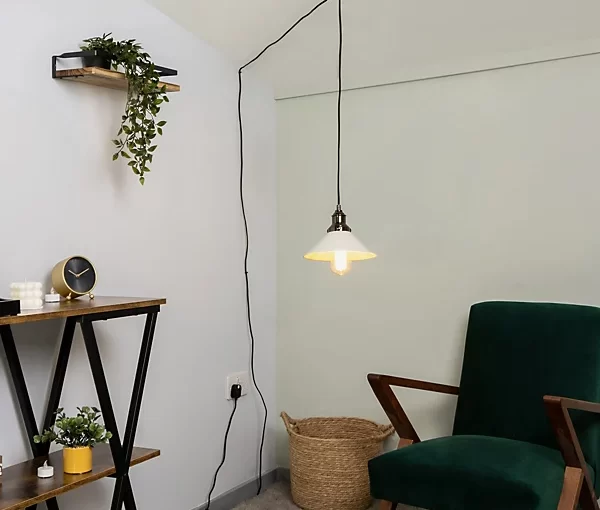

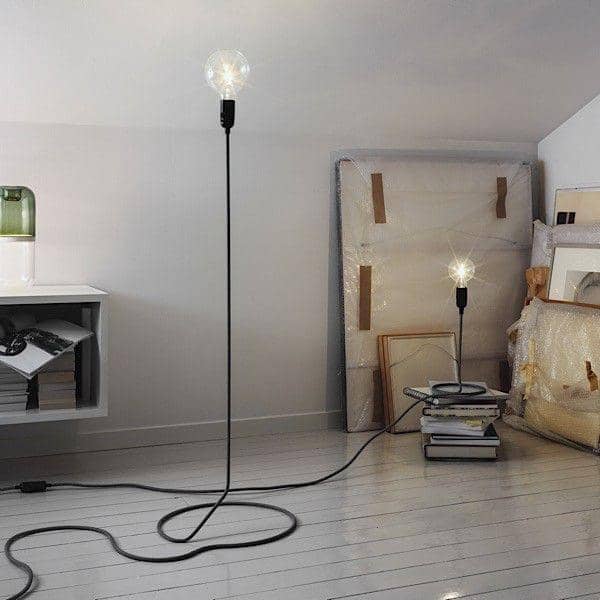
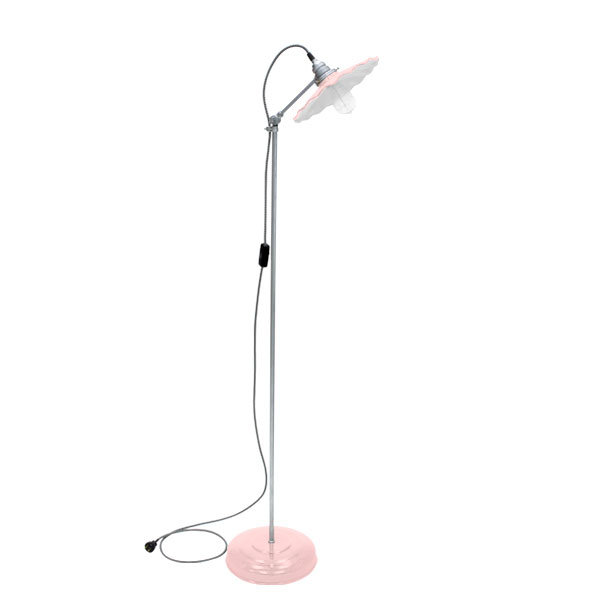
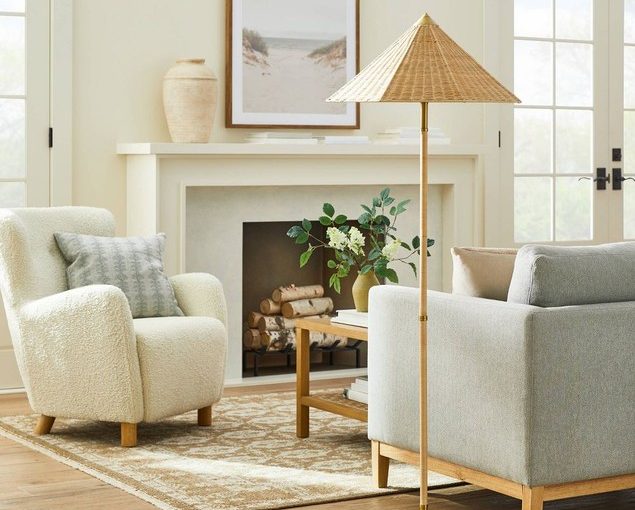
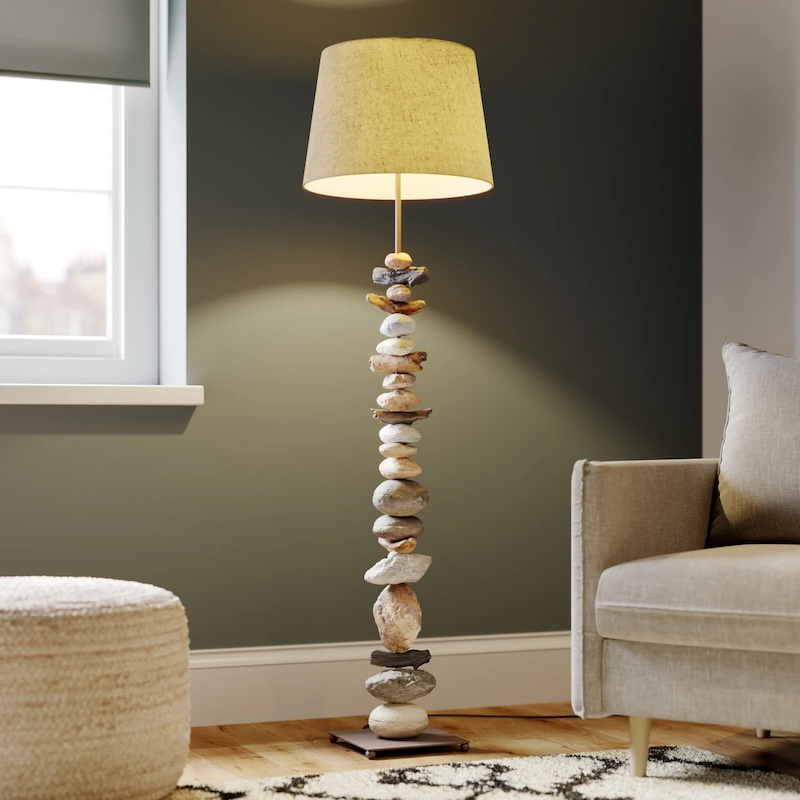
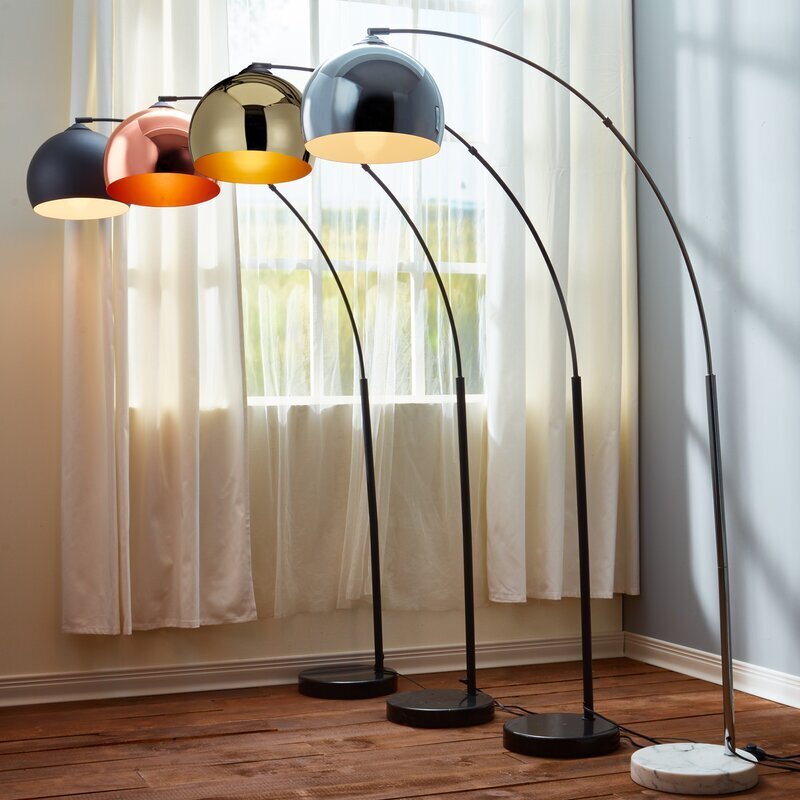
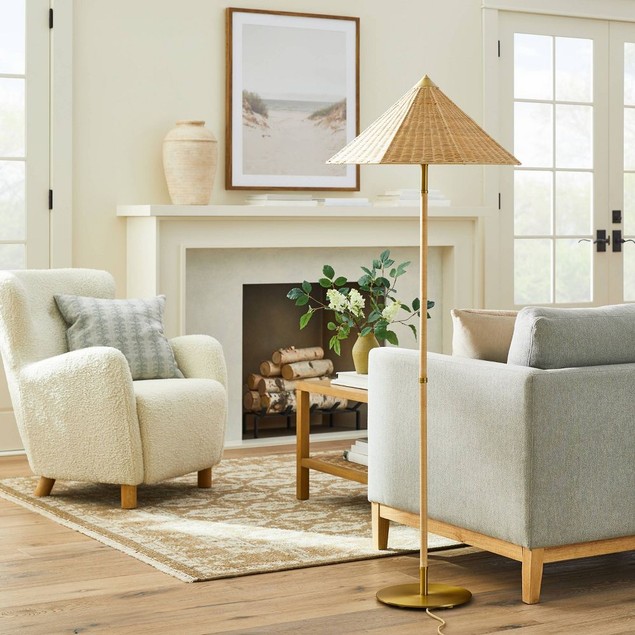
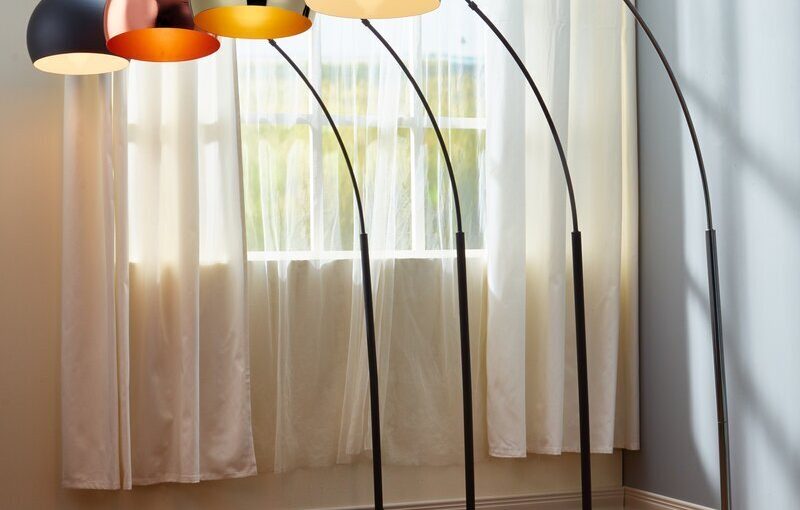

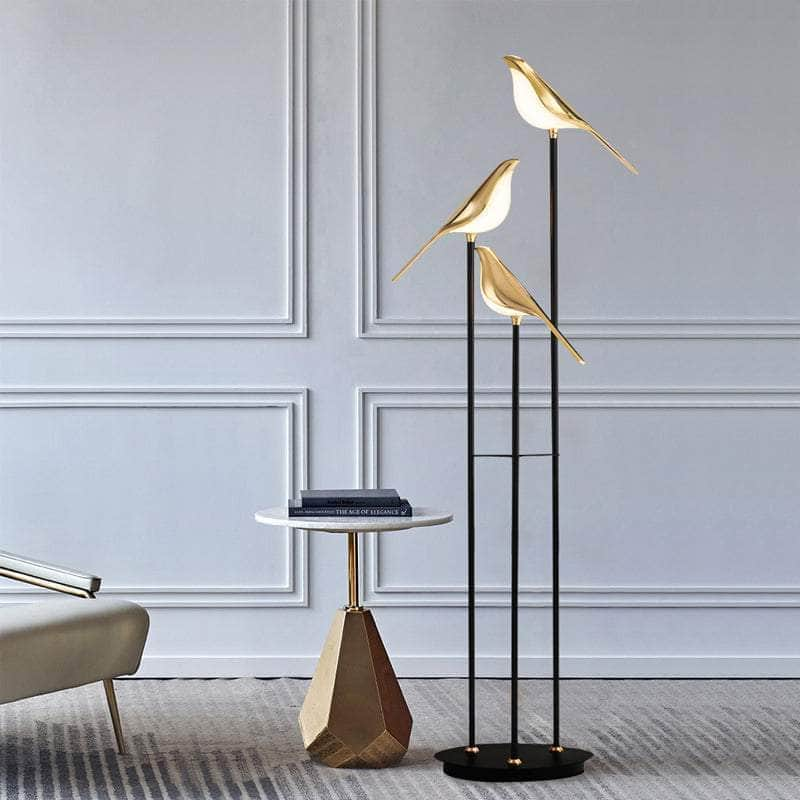
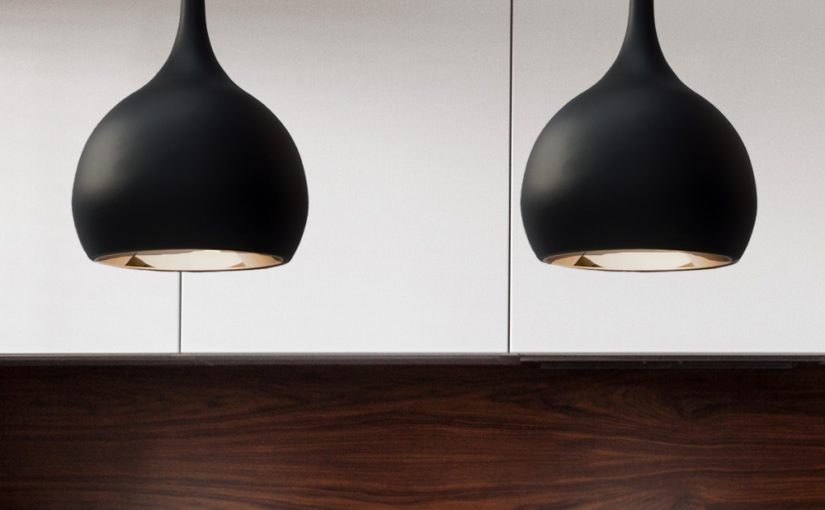
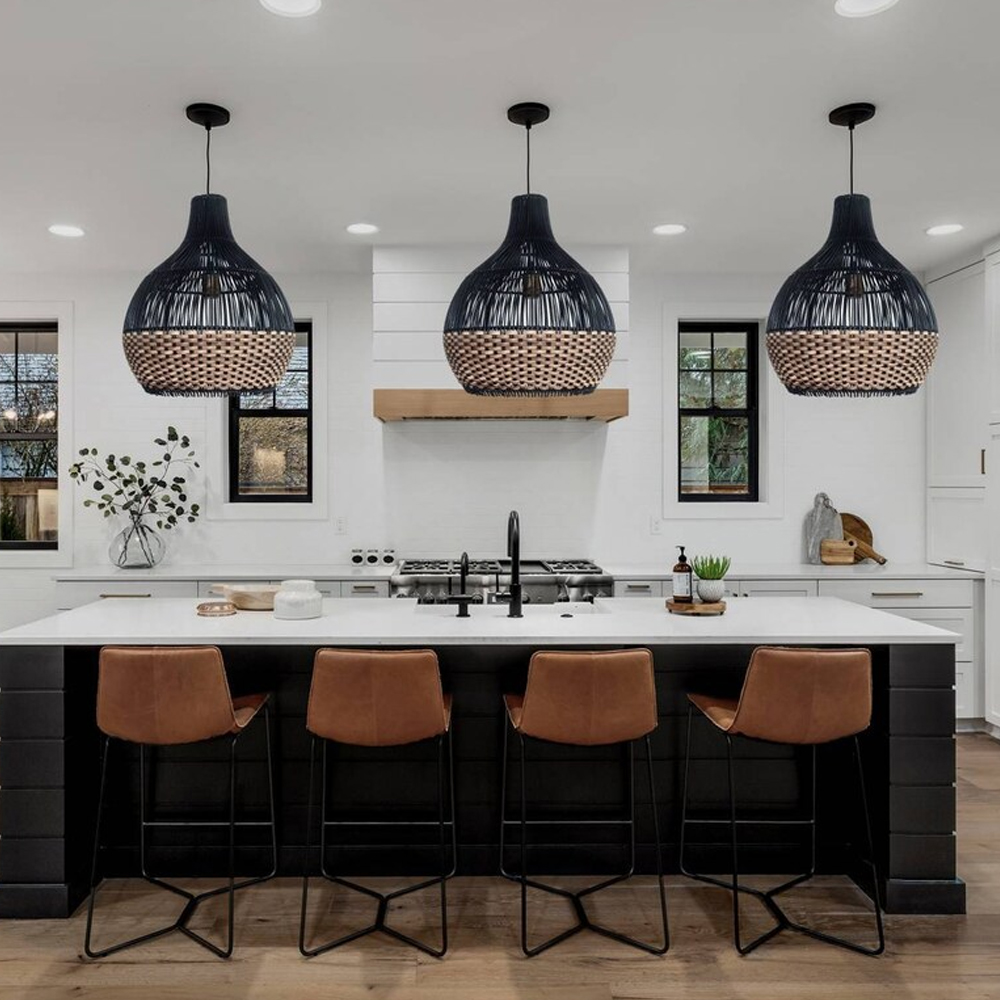

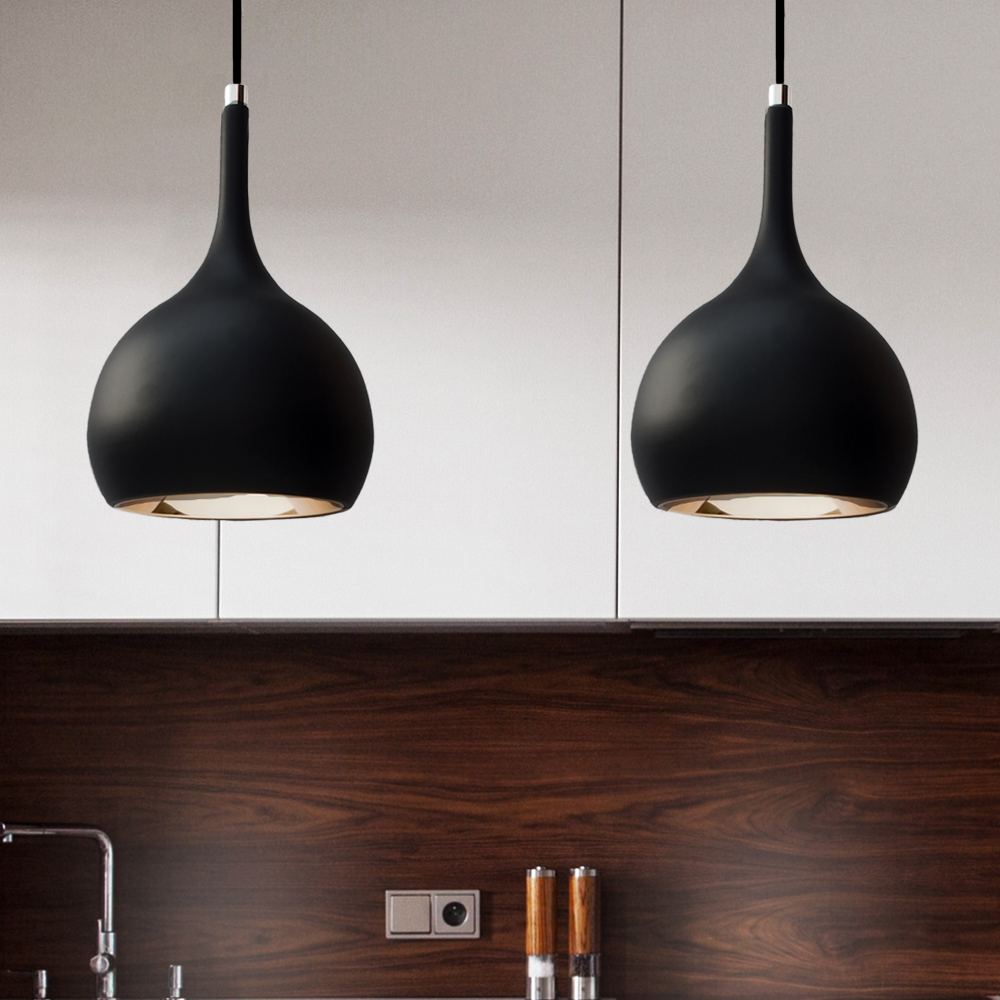
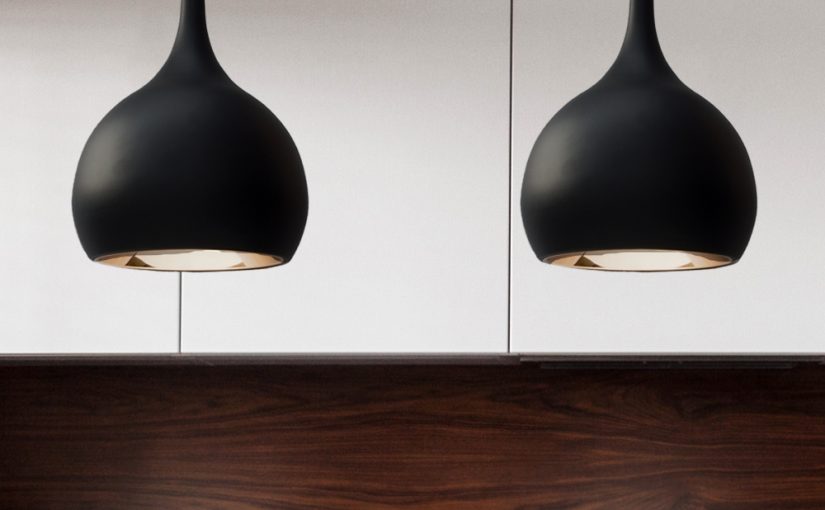

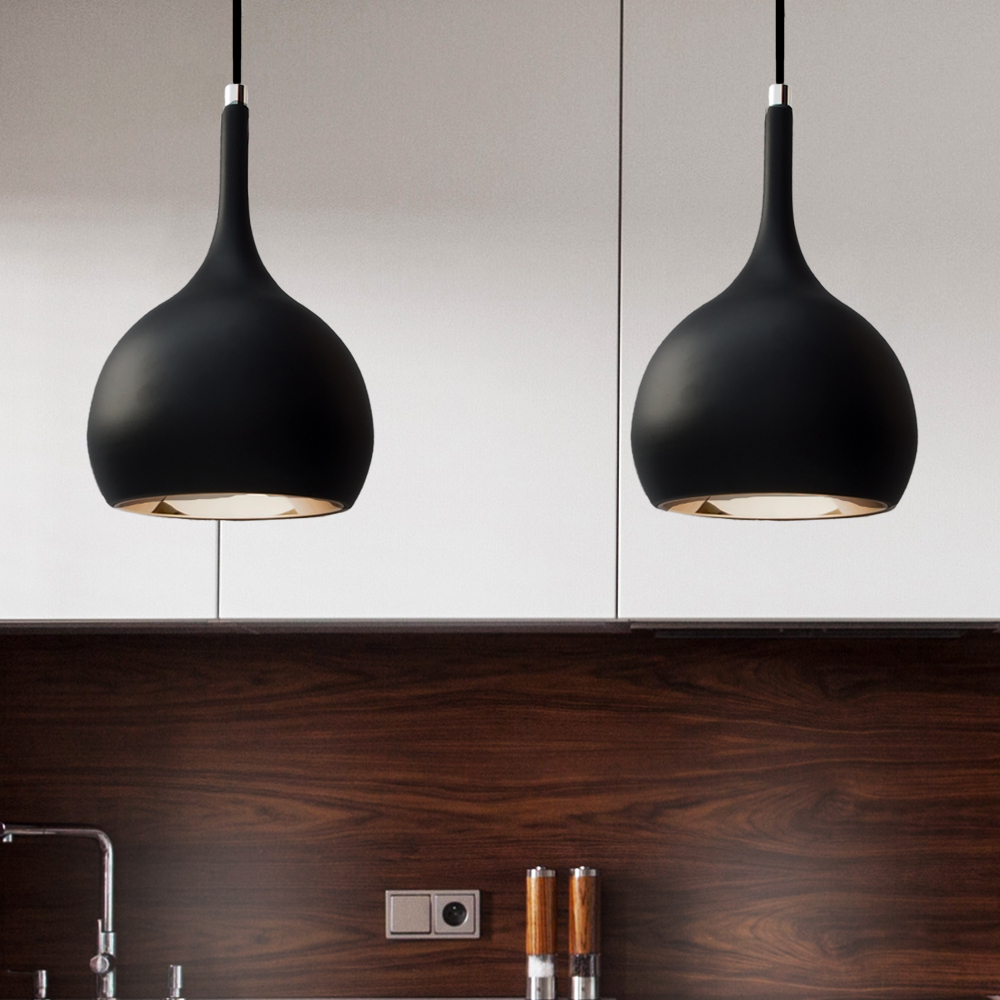
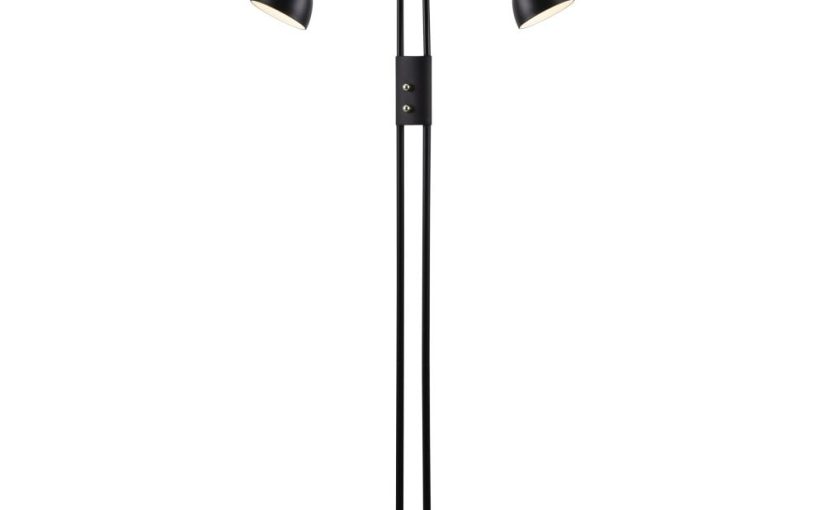
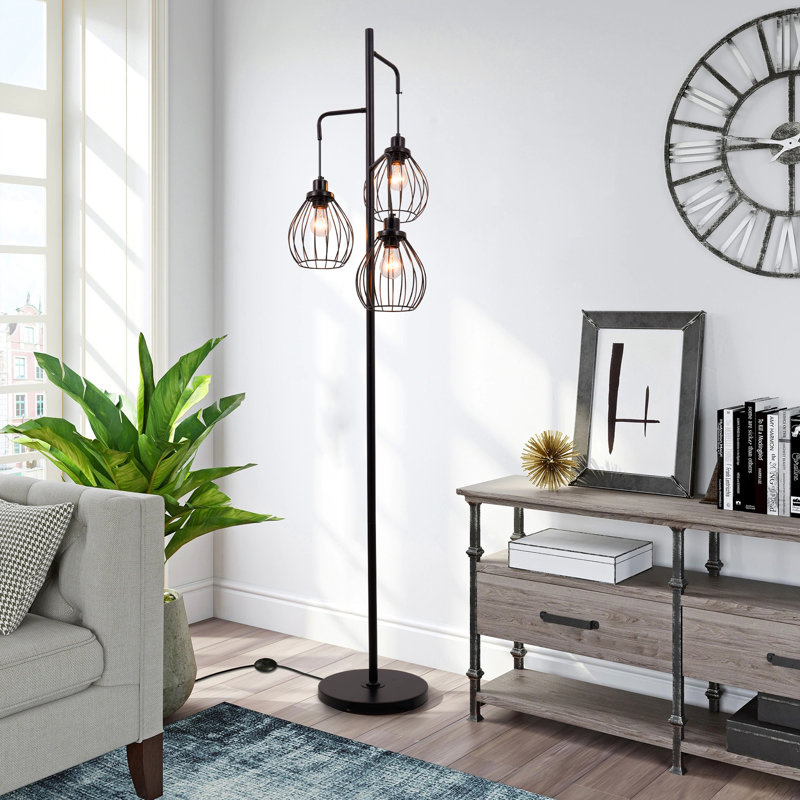
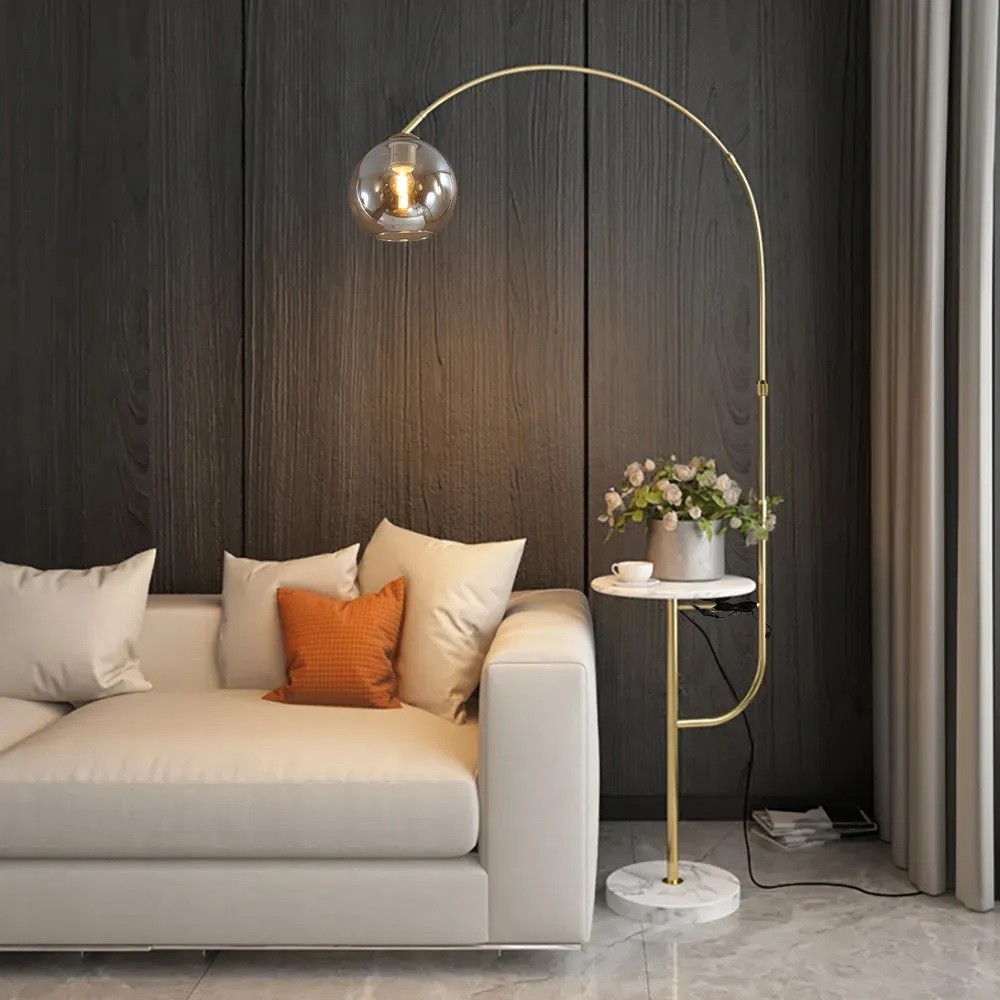
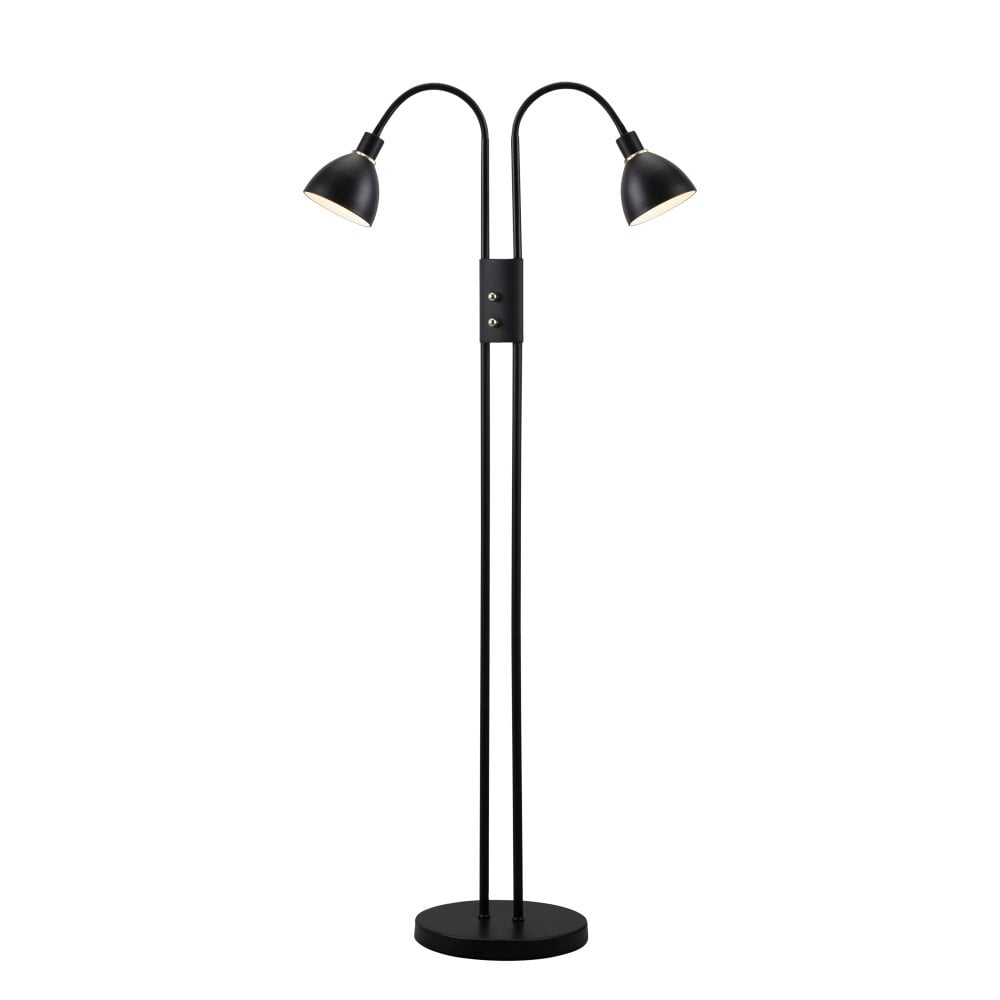
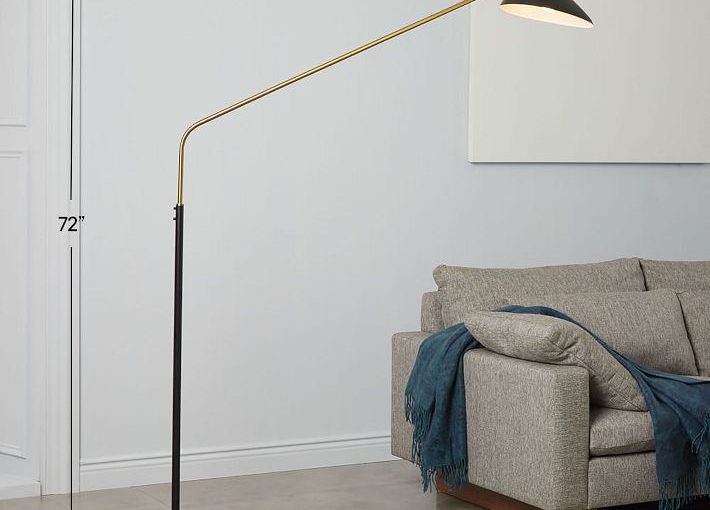


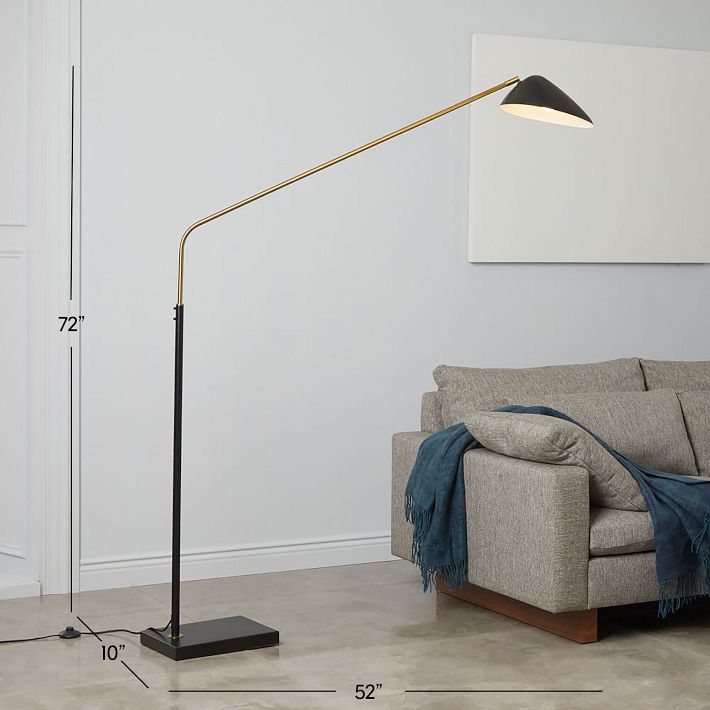
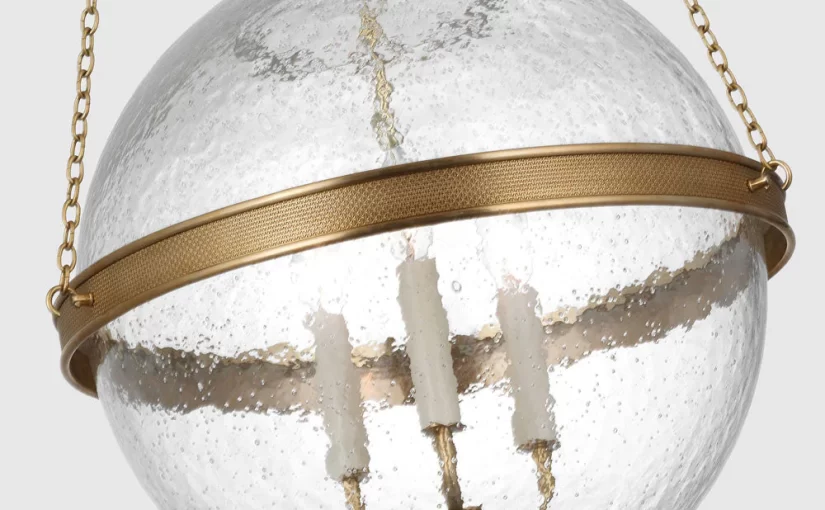

 Popular Materials and Styles in Globe Pendant Lighting
Popular Materials and Styles in Globe Pendant Lighting